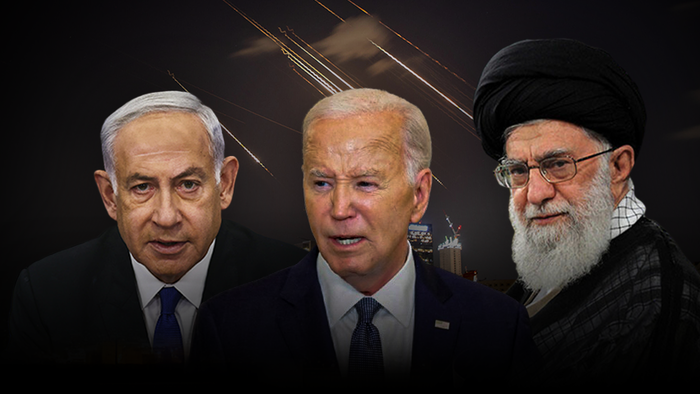Two weeks have elapsed since Iran launched a significant ballistic missile attack on Israel on October 1st, deploying around 200 projectiles. While the extent of the damage caused by these strikes remains unclear due to Israel’s reticence to disclose details, the situation has escalated concerns about the potential for retaliation and the nature of Israel’s response. Critical questions have emerged regarding when and how Israel will counterattack, particularly given the sensitivity surrounding strikes on nuclear and energy facilities in Iran. The Biden administration has actively engaged with Israeli officials, advising them to refrain from targeting these sensitive sites to avoid escalating tensions further.
Conflicting narratives are surfacing from various media outlets regarding Israel’s intentions. A notable report from Harper’s Magazine editor Andrew Cockburn suggested that President Biden had authorized an Israeli strike on Iran’s Natanz nuclear site. Almost immediately following this statement, The Washington Post reported that Israel appears to be reconsidering an attack on both oil and nuclear infrastructures in Iran. It seems that Prime Minister Benjamin Netanyahu has indicated a preference for targeting military assets instead, aiming for a more restrained approach that would ideally prevent an extensive conflict. The concerns communicated by President Biden underscore a desire to maintain a delicate balance, avoiding actions that could spiral into all-out war.
The dynamics of U.S.-Israel relations appear to be shifting somewhat in light of recent events. During a phone call with Netanyahu, Biden expressed significant worries about the potential consequences of wide-ranging retaliatory actions. Reports indicate that Netanyahu showed a willingness to limit the scope of his response, favoring strikes against Iranian military capabilities rather than broader infrastructure targets. This evolving position has been interpreted by some as a diplomatic achievement for the Biden administration, suggesting that U.S. influence is steering Israel’s military strategy towards a more controlled framework.
In light of the changing strategic landscape, the U.S. has reportedly decided to bolster Israel’s defense capabilities by deploying the THAAD anti-air missile defense system, along with American troops to operate it. This military assistance underscores a quid pro quo arrangement between the two nations, reflecting the ongoing need for Israel to defend itself amid heightened tensions with Iran and its affiliates, particularly in Lebanon, where Iranian-backed Hezbollah poses a significant threat. Netanyahu’s administration finds itself under pressure not only from external adversaries but also from hawkish elements within his own security cabinet, advocating for a more aggressive retaliation.
Despite the apparent moderation of Netanyahu’s stance, persistently aggressive rhetoric and a historical commitment to countering Iran’s nuclear ambitions remain at the forefront of Israeli strategy. Netanyahu’s talk of dismantling Iran’s nuclear program is not new and reflects a long-standing concern shared by Israeli leadership regarding the Iranian threat. The situation is complicated by ongoing military engagement on multiple fronts, leading to uncertainty about Israel’s next move. Diplomatic channels continue to play a crucial role as the U.S. attempts to influence Israel’s response while managing global perceptions of the conflict.
As the backdrop of geopolitical tensions evolves, the situation remains fluid and precarious. Both Netanyahu’s security cabinet and the U.S. administration are navigating a landscape rife with risks, where a miscalculated move could have grave implications for regional stability. The interplay between military action, diplomatic negotiations, and the need for public assurances of security underscores the complex fabric of international relations in this context. The threat of significant escalation looms, and how these nations choose to respond will likely bear long-lasting consequences both in the region and beyond, as global energy markets and geopolitical alliances are also entwined in this rapidly changing narrative.

